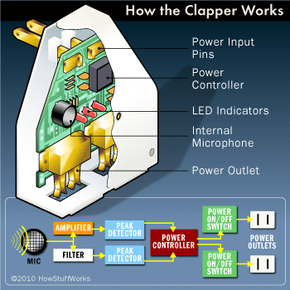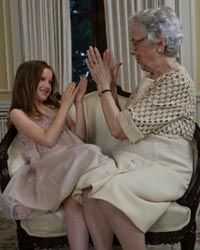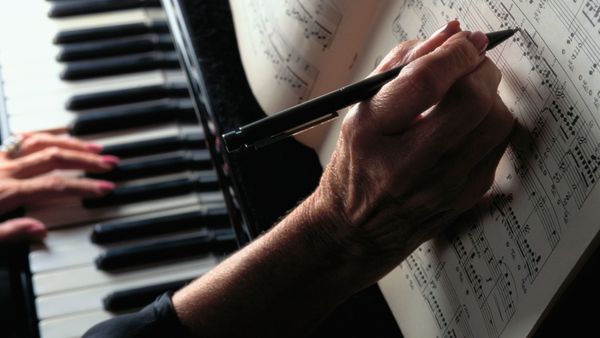Key Takeaways
- The Clapper is a sound-activated electrical switch that allows users to control appliances like lamps and TVs with claps.
- Introduced in the mid-1980s, it became a cultural icon with its simple "clap-on, clap-off" functionality for toggling two electrical outlets based on the number of claps.
- Despite technological advancements, the Clapper remains in production and continues to sell, particularly during the holiday season. It's been modernized with features like remote controls and customizable clap sequences.
When 1980s comedians weren't making fun of airline food, they could usually be heard taking a dig at the Clapper. After all, 20 years after its release, the Clapper's infamous "clap-on, clap-off" television ad remains seared into public memory. In only 30 seconds of low-budget advertising, the TV-watching world was first introduced to a product that appealed to both seniors and couch potatoes alike.
First released in 1985, the Clapper allows its user to activate up to two appliances using sequences of claps. Two claps, and you can turn on a lamp. Three claps, and you can switch on a TV. The Clapper works on lights, radios, TVs, rotating disco balls -- anything that can be plugged into one of the Clapper's two electrical outlets. For only $20, a bundle of basic electronics had rendered the manual light switch obsolete. And almost overnight, a cheesy sound-activated product became a mainstay of American pop culture.
Advertisement
The device was built on the notion that remote controls weren't nearly convenient enough. Sure, they allowed people to operate appliances without getting up, but what if you had to get up to go find the remote control?
Today, you may be more likely to see the Clapper at a garage sale than a wall outlet. However, the Clapper era is far from over. Tens of thousands of Clappers continue to be sold every year. Produced by the San Francisco-based makers of the Chia Pet and the Ove Glove, the product remains alive and well and can still be seen on store shelves during the holiday season of October through December. The rest of the year, Clapper enthusiasts have to track down the product online.
We'll take a look at the sordid origins of the Clapper, the future of the device and even how to properly use your Clapper (it requires more than just clapping). But first, we'll learn how a small plastic box uses applause to turn things on.
Advertisement





